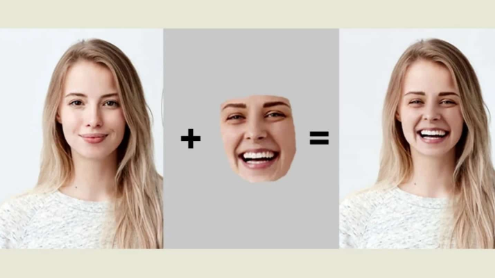In today’s world of making digital content, Face Swap technology has become critical. If you’re a content creator or video editor or like to use social media, face swapping can give you fun, new and sometimes crazy possibilities for your visuals. As artificial intelligence (AI) has advanced, face-swapping has become more lifelike and easier to use and is being utilised by a broader range of people than in the past.
Face Swap:
Face swap involves changing one person’s face with another person’s face in a picture or video. Before, people used simple editing tools that sometimes gave different results on photos. Now, advanced AI and deep learning methods make face swap software even more accurate, resulting in even more realistic-looking changes.
Due to machine learning, modern face swap tools can identify facial areas, react to facial expressions, and create a smooth blending of skin tones. Due to this, distinguishing a fake video or photo is exceptionally challenging. This demonstrates the significant progress made in technology.
How AI is Enhancing Face Swap Technology
The power of AI drives the face swap revolution. By using thousands (or even millions) of images to train neural networks, programmers can make models that understand the delicate features of the human face. This knowledge is put to use by these models in real-time face swapping.
That’s where AI tools that create images are helpful. Today, such apps commonly utilise AI Image Generator to create more realistic and contextually relevant digital photos. They give users the ability to perform facial modification and also adjust things like illumination, background and the person’s expressions in the images. A few tools can help users create entire fake star casts using AI, and users can replace real actors with synthetic ones using face swap options.
Uses in editing photos and videos
Using face swap has moved past the novelty of fun internet images. People now rely on it for editing videos and photos in their day jobs. Visual effects make it possible to switch out actors’ faces during post-production. People creating content use it as a creative space for visuals. Advertising campaigns are also using it, allowing users to try on roles or wear branded costumes.
In video editing, face swapping in real-time is used more frequently, primarily in live streaming, and filters are added to pictures and videos. Many of these aspects utilise AI to keep everything closely coordinated, resulting in a flawless appearance.
Considering Ethics with Deepfakes
Face swaps, as are other powerful technologies, can raise some ethical questions. Deepfakes videos, where a person’s face is changed over someone else’s body, have compellingly started a discussion about fake news and digital consent. People should use face swap tools carefully, considering others’ privacy and the accuracy of the content.
Many places are also using AI to alert about and flag when deepfakes or similar tricks are being used without permission. Public information and labels are increasingly used as the industry grows to enforce ethical practices.
The Future of Face Swap and AI in Content Creation
As AI advances, face-swapping software will also become more advanced. More user-friendly tools are likely to appear, speed up tasks and offer the best results even when we enter just a little information. Users will soon be able to utilise AI image generators to create new characters and scenes, in addition to simply swapping faces.
Face swaps could be just as common among digital creators as filters and templates are now. In entertainment, marketing or art, using Face Swap and AI technology is making it possible for users to explore new creative ways.
Conclusion
Face swap is no longer just amusing; it is now a significant part of how content is created with AI. Provided that it is used correctly, AI can greatly enhance photo editing, video creation, and online storytelling.

